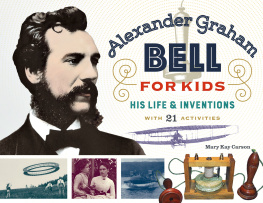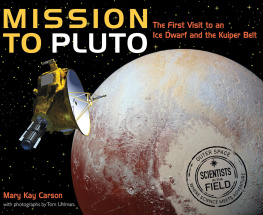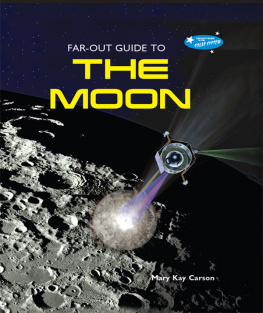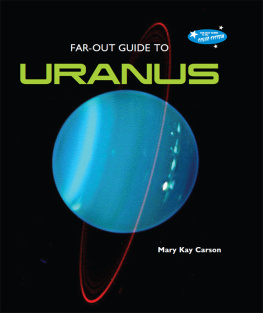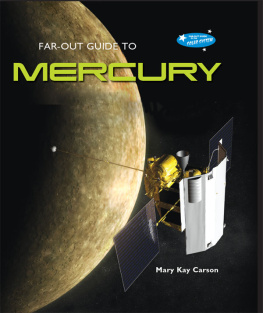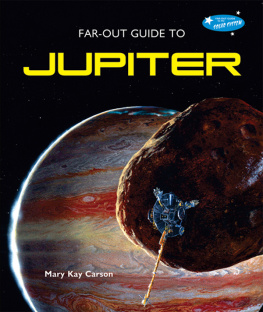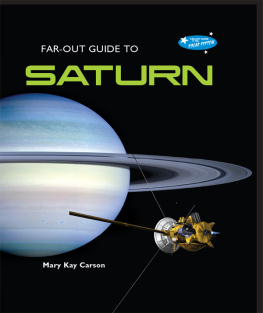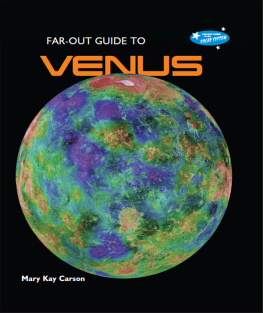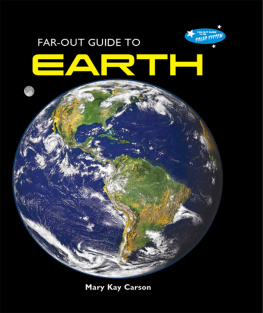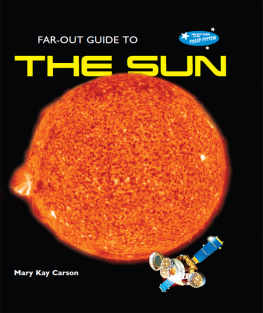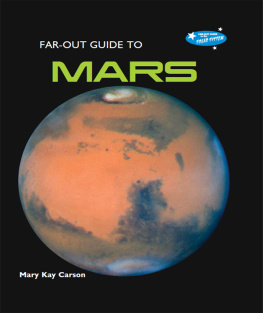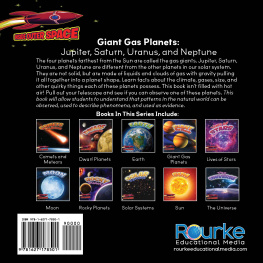
OUT ON THE EDGE
Neptune is the planet on the edge of our solar system, furthest from the Sun. It has the fastest winds of the eight planets, and giant swirling storms that stop as suddenly as they start. How do we know all this?
Spacecraft from Earth have visited Neptune. These robotic explorers have taught us many things about this mysterious, faraway planet. Learn about the amazing missions, the dedicated scientists who plan them, and more far-out facts about the eighth planet from the Sun. All the facts you need, and lots more, are included in this up-to-date book.
Located at the outermost edge of the solar system, Neptune is a planet we know the least about. This book provides valuable information about this mysterious planet and its moons, obtained throughout the years from space missions and the most powerful telescopes.
Bahram Mobasher, PhD, Series Science Consultant
Professor of Physics and Observational Astronomy, University of California, Riverside
About the Author
Award-winning author MARY KAY CARSON has written many nonfiction books for young people and their teachers. In 2009, she received the American Institute of Aeronautics and Astronautics Children's Literature Award.
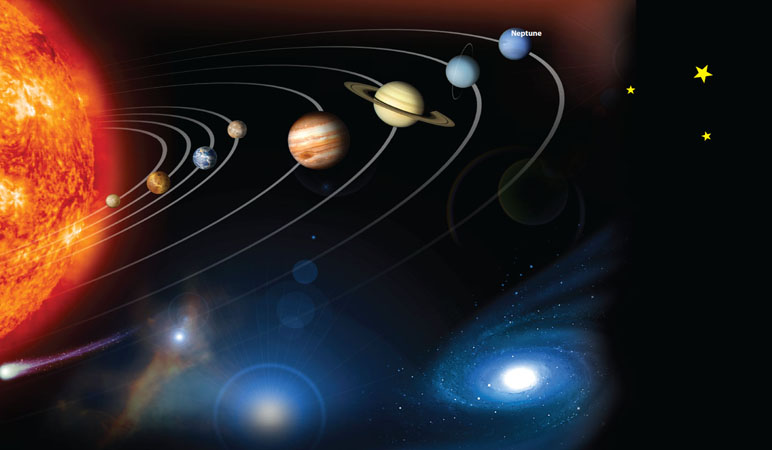
Image Credit: NASA/JPL
Neptune is the eighth planet from the Sun. (Note that the planets' distances are not shown to scale.)
Did you know that Neptune has rings? Unlike Saturns famous rings, Neptunes are faint and hard to see. How do we know about the rings? Astronomers used telescopes to get a first peek at them in the mid-1980s. The rings came into view when Neptune passed in front of a star that lit up the rings from behind. You will learn lots more far-out facts about Neptune in this book. Just keep reading!
Neptune is the farthest planet from the Sun. How far is this far-off world? A car ride there from Earth would take more than 5,000 years. Of course, a car cannot travel through space. Nor could a car drive around on Neptune, because there is nothing solid to drive on. Neptune is a landless gas giant. Like Jupiter, Saturn, and Uranus, it is a gas and liquid world.

Image Credit: Lunar and Planetary Institute
Notice Plutos slanted orbit. It takes the dwarf planet inside Neptunes path duringpart of its journey around the Sun.
Not much sunlight reaches Neptune. Being so far from the Sun makes it a cold, dark place. But Neptune is a planet full of surprises. Where are the fastest winds in the solar system? Neptune. Where do giant swirling storms suddenly appear and disappear? Neptune. Even its beautiful bright blue color is surprising. Does your kitchens stove use natural gas, or methane? Methane makes both Uranus and Neptune bluish. No one knows why Neptune is a brighter blueat least not yet.
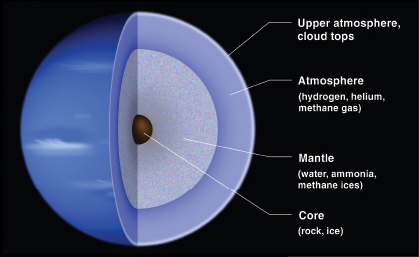
Image Credit: Lunar and Planetary Institute
Neptune has a thick atmosphere of gases, with liquid underneath. Scientists think it has a solid core of rock and ice.
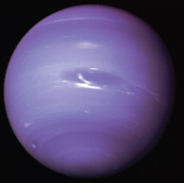
Image Credit: NASA
Blue gases swirl on Neptune.
FAR-OUT FACT
Neptune has not always been the farthest planet from the Sun. Pluto was discovered in 1930 and called a planet until 2006. (Now Pluto is one of several dwarf planets in our solar system.) For most of those 76 years, Pluto was the farthest planet. But from 1979 to 1999, Neptune was farther from the Sun than Pluto because of Plutos slanted orbit. Pluto loops inside Neptunes orbit a bit. For 20 years of Plutos 248-year orbit, Neptune is farther from the Sun than Pluto! It will happen again from 2226 to 2246.
Even Neptunes discovery was surprising. No one simply spotted it with a telescope, the way William Herschel found Uranus in 1781. Neptune was found by solving a math problem. Its true! Math discovered the eighth planet.
Mercury, Venus, Mars, Jupiter, and Saturn can all be seen with the naked eye. People have known about them for thousands of years. Uranuss discovery was a big deal because it was the first planet ever discovered by telescope. Soon everyone was tracking Uranuss orbit. That is where the math problem came in. Uranuss path around the Sun did not make sense. Some years the new planet raced ahead on its path, while other years it dragged behind.
What could be wrong with the seventh planets orbit? By the 1830s, astronomers had it figured out. They believed that an eighth planets gravity was tugging at Uranus, causing its irregular orbit. No one had seen a planet beyond Uranus, but they could do the math. By 1846, two different men had solved Uranuss orbit mystery. They both predicted an eighth planet about 1.5 billion kilometers (1 billion miles) past Uranus. This position would cause Uranuss irregular path. And they were right. Once astronomers knew where to look, they quickly found Neptune. It was spotted with a telescope in the fall of 1846. They found the eighth planet exactly where the math said it would be.
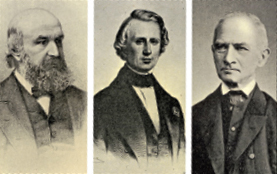
Image Credit: Enslow Publishers, Inc.
NeptuneS discovery is often credited to these three men: John C. Adams (left), Urbain J.J. Le Verrier (center), and Johann Galle (right).
FAR-OUT FACT
English astronomer John Couch Adams was the first to solve the planetary math problem in 1845, but no one took him seriously enough to start looking for an eighth planet. Meanwhile Urbain J.J. Le Verrier figured it out, too, and told some astronomers where to look. On September 23, 1846, German astronomer Johann Galle used Le Verriers predictions to find an eighth planet.The discoverers agreed to name the new planet after the Roman god of the deep blue sea, Neptune.
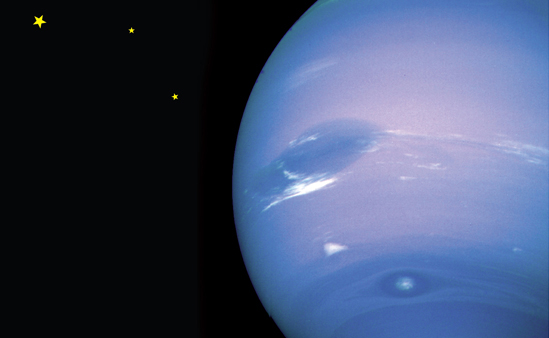
Image Credit: NASA/JPL
Neptunes ever-changing atmosphere swirls and streaks with stormy methane clouds.
More than 160 years have passed since Neptunes discovery. But the farthest planet still holds many surprises. The thing I love about Neptune is that I never know what Im going to see when I go to the telescope, said Heidi Hammel. Hammel is an expert on Neptune. She has spent her whole career studying it.
Carsickness got Hammel started stargazing. Riding in the car on family trips as a kid made her feel terrible. I had to lie on the backseat being sick, explained Hammel. [A]nd the only thing I could do was look out the window and see the stars. So young Hammel passed the time learning star names. She grew up to become a planetary astronomer. When she was in college, telescopes were the only way to study Neptune, so that is how Hammel watched its wild weather and blue clouds. In 1989, a spacecraft neared Neptune. It would get the first ever close-up look at the distant planet. What would Voyager 2
Next page

